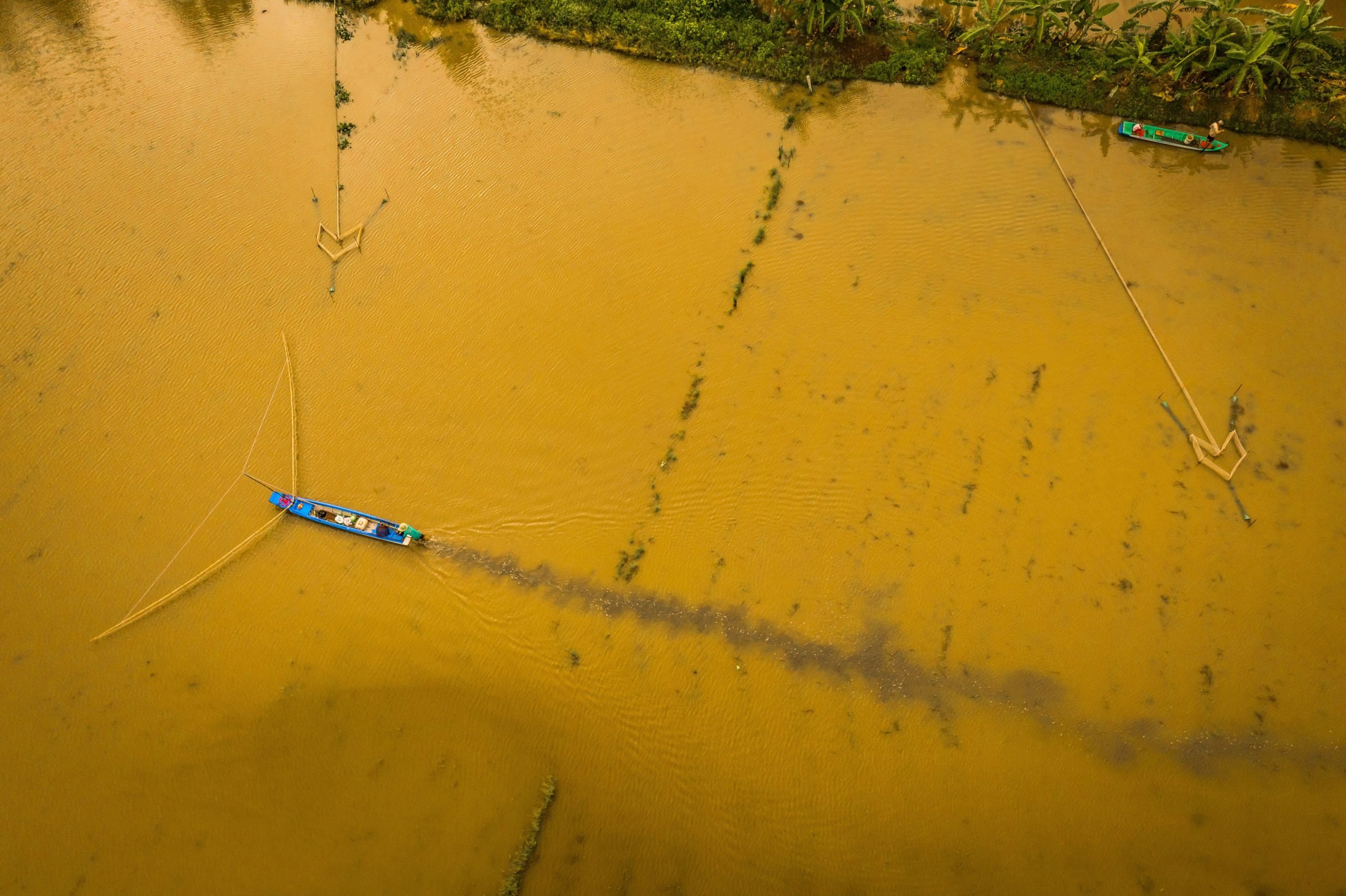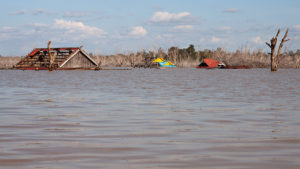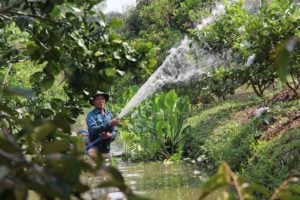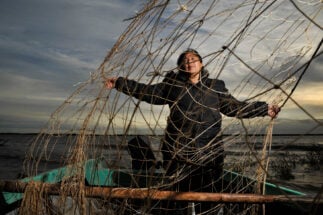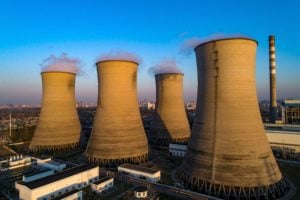Last year, more data was shared about the Mekong than ever before. Yet despite the increased openness enabled by the Lancang-Mekong Cooperation (LMC) mechanism, the Mekong River Commission (MRC), and various NGOs, the wet season was still marred by low rainfall levels and controversy over retention of water by dams. Now in the midst of another dry season, activists in the Lower Mekong Basin are wondering when China will share data on the retention operations of dams on its length of the river.
The Lancang-Mekong Cooperation (LMC) framework acts as China’s development arm along the Mekong river, facilitating projects. It was launched in March 2016.
The Mekong River Commission (MRC) is an advisory body set up in 1995 between Cambodia, Laos, Thailand and Vietnam. It provides research, surveys and coordination of development on the management of water-related resources in the Lower Mekong Basin. China is an MRC Dialogue Partner, not a member of the body.
After years of requests, hydrological data from gauges all along the Mekong may be said to be transparent. But regular operational data from China’s upstream dams remains unshared, available only at China’s discretion.
Other than notices of major changes in dam operations, China does not share data from its 11 upstream hydropower dams on the Mekong, which is known as the Lancang in China. In 2021, dry season sandbanks were recorded in Thailand in the wet season; farmers around Tonle Sap Lake in Cambodia fretted over the length of the flood pulse; and Vietnam continued to contend with salination and erosion of the Mekong Delta. All of these issues were at least in part attributable to upstream hydropower dams on the Mekong mainstream.
“Operational data from dams should be in the public domain. Timely and transparent sharing of operational data can help inform downstream countries and communities of changes in the river flows and levels,” says Gary Lee, director of the Southeast Asia programme at International Rivers, an NGO.
The politics of data on the Mekong
In September 2021, China and Myanmar approved a joint study to be undertaken by all MRC countries to investigate the reasons for the droughts and floods that have been hitting the region. This follows destructive droughts in 2019 and years of unseasonal hydrological highs and lows. The study is the latest in a series of cooperative efforts by China to try to mitigate the effects of upstream hydropower dams.
“For this joint study to be more meaningful, it must involve and draw on local people’s knowledge and experiences of the changes in the river,” Lee says. “The study should also recommend changes to the operational regimes of the Lancang cascade [of dams], which has been a key cause of adverse impacts on the river and communities in northern Thailand and beyond.”
One of the more recent resources for understanding the impacts of upstream hydropower dams is the Mekong Dam Monitor (MDM), created by US-based think tank the Stimson Center and Eyes on Earth, a consultancy that provides satellite observation services. Using cloud-piercing satellite data, local hydrological measurements and a “wetness index”, the MDM provides data and warnings to downstream businesses, fishers and NGOs. This assists efforts to protect people, livelihoods and animals 48 hours in advance of an event in the Golden Triangle (the area where the borders of Thailand, Myanmar and Laos meet).
The Jinghong dam, upstream in China’s Yunnan Province, has been a particular point of contention in Thailand and the Golden Triangle, where the Mekong has been known to rise more than three metres in short periods. The hydrological monitoring station at Chiang Saen in northern Thailand is the first on the Mekong downstream of China, and is a bellwether for the rest of the Lower Mekong Basin.
“China does provide hourly river level data from a gauge at Jinghong below the Jinghong dam and another gauge at Man’an, but that’s river level not operational data,” says Brian Eyler, director of the Stimson Center’s Southeast Asia programme.
As an example, Eyler points to an event in early October 2021, when the data seemed to suggest the level of the Jinghong reservoir had dropped and the dam had released water. In fact, satellite images revealed, the Jinghong dam had actually increased its reservoir volume – meaning the rise in river level came from upstream dam releases passing through the Jinghong dam.
“If you know how to read the Jinghong gauge data it essentially tells you how the Jinghong dam is hydropeaking but the data can be deceptive” Eyler says. Eyler says the lack of operational transparency is a bar to further cooperation.
Hydropeaking problems
While storage dams (such as Nuozhadu, Xiaowan and Huangdeng dams on the Mekong) can enable longer-term planning for the river’s resources, hydropeaking dams such as Jinghong can create drastic changes for downstream residents.
Hydropeaking occurs to meet local spikes in energy demand, often during the daytime or peak production hours. Downstream, the effect can upend natural water flow and impact on the river’s ecology, affecting land mammals, birds and fish. The lack of operational data prevents downstream communities and organisations from reacting to hydropeaking and measuring their success.
For the conservation and restoration efforts, we need both sharing [of operational dam data] and changing the operationsTeerapong Pomun
“Sharing the [operational data] can help conservation planning. We can conduct more studies to distinguish between the effects of dams and climate change, which is important for finding the right solution and conservation plans,” says Teerapong Pomun, director of two NGOs: the Mekong Community Institute and the Living River Association.
Beach-nesting birds in the Mekong catchment area are vulnerable to the vicissitudes of operations on the Mekong’s upstream, particularly unseasonable flooding that inundates and destroys active nests. Agriculture and anti-erosion efforts are also affected by upstream hydropower on the Mekong mainstream in China, Laos and Cambodia.
China is unlikely to change dam operations for the sake of any one conservation effort, but the data may provide conservationists and communities with valuable planning time.
“For the conservation and restoration efforts, we need both sharing [of operational dam data] and changing the operations,” says Teerapong.
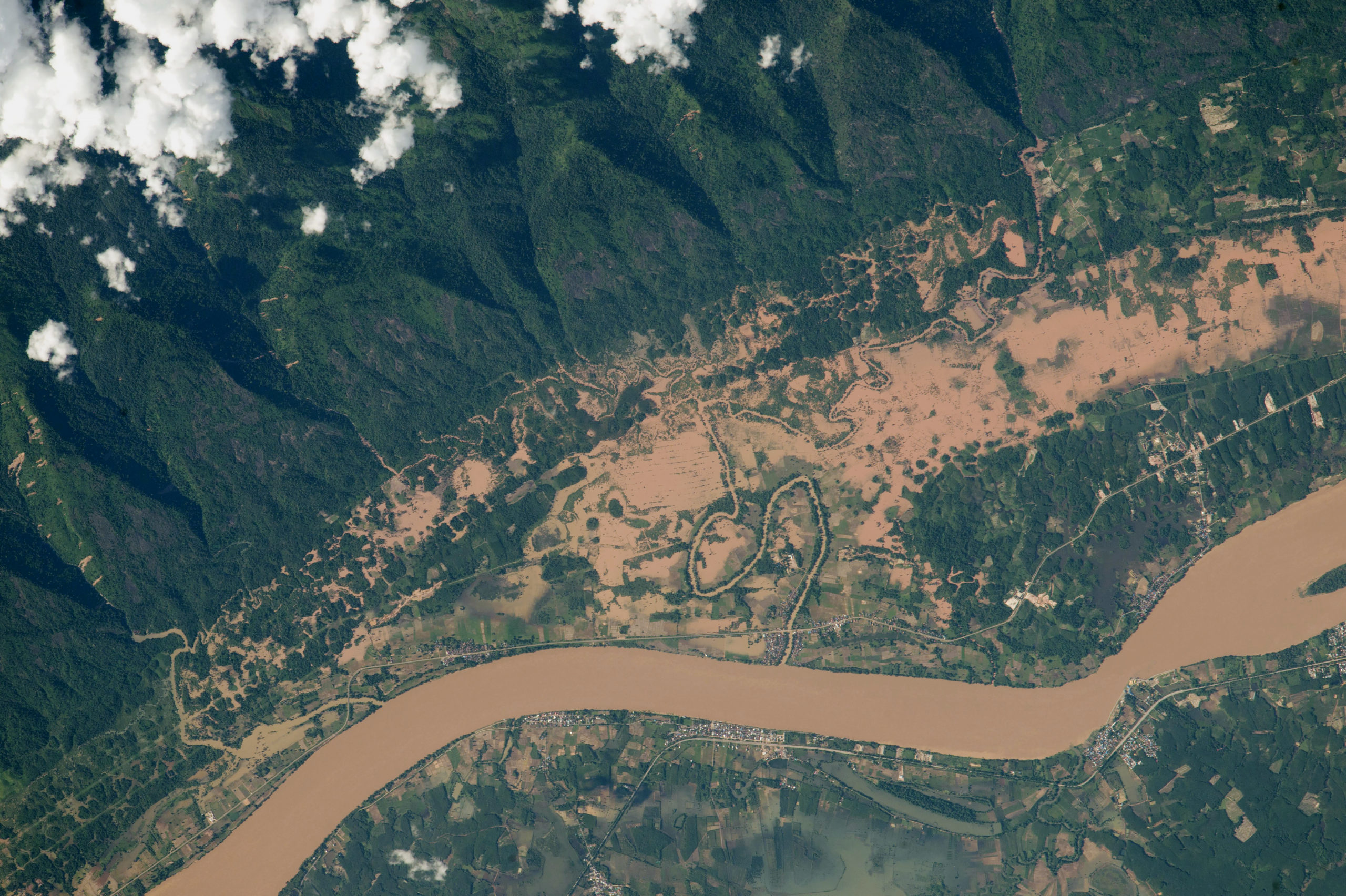
Changing the focus of upstream dams
At the end of the dry season in May 2021, the MRC stressed the need for better and more timely data sharing. However, the MRC is entirely advisory and does not include China or Myanmar as members.
“With all environmental indicators of the Mekong River Commission in the red, and the delta sinking and shrinking at a rapid pace, it is important that upstream and downstream countries share all available river management-related data,” says Marc Goichot, freshwater lead for WWF Asia Pacific . He adds that these should include considerations for sediment flows and biodiversity assessments.
The MRC has made repeated efforts to gain data from China and has had success in recent years. But as countries like Cambodia move against the construction of new hydropower dams on the Mekong mainstream, dialogue with China on the operations of its dams remains a source of contention.
“There is a need to move towards changing the ways existing dams are operated to reduce impacts on the river and communities,” Gary Lee says. “The dam operations should prioritise ecosystem services that are vital for livelihoods of downstream communities over power generation and commercial navigation.”
This article was produced in cooperation with the Cambodian Institute for Cooperation and Peace (CICP), a think tank, for the Journal of Greater Mekong Studies, Volume 5.
